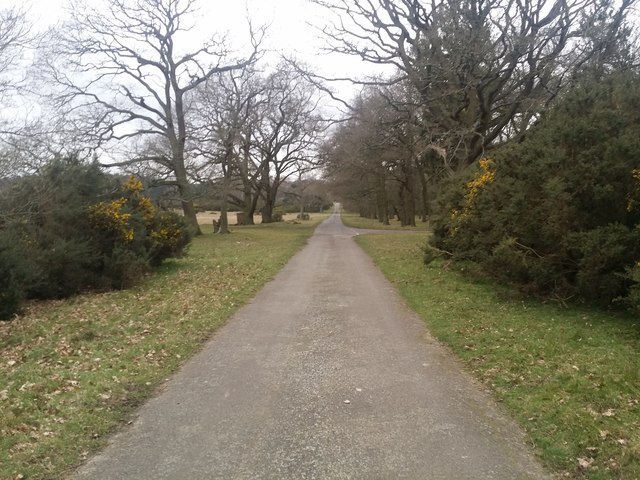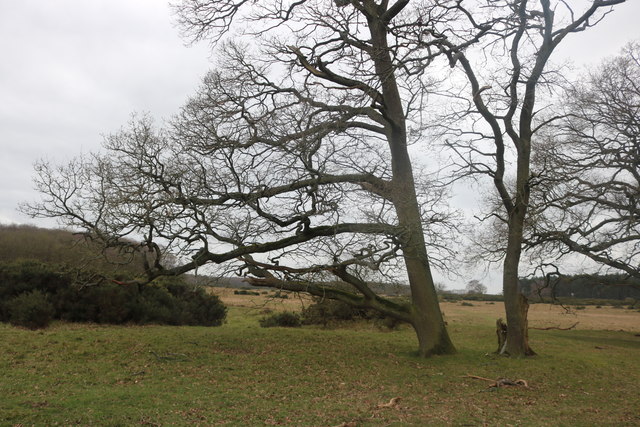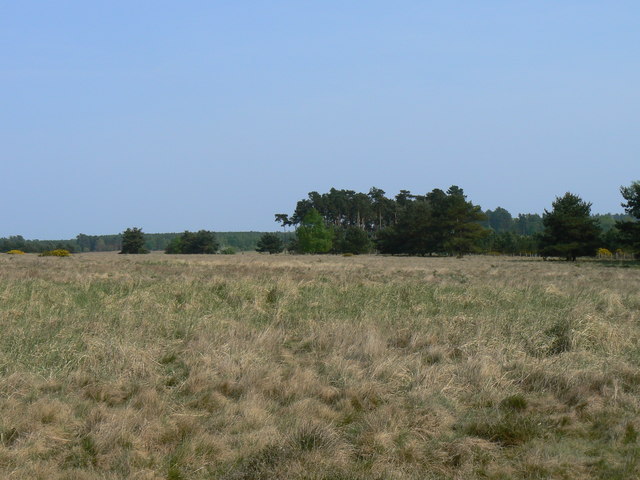Redcross Plantation
Wood, Forest in Norfolk Breckland
England
Redcross Plantation
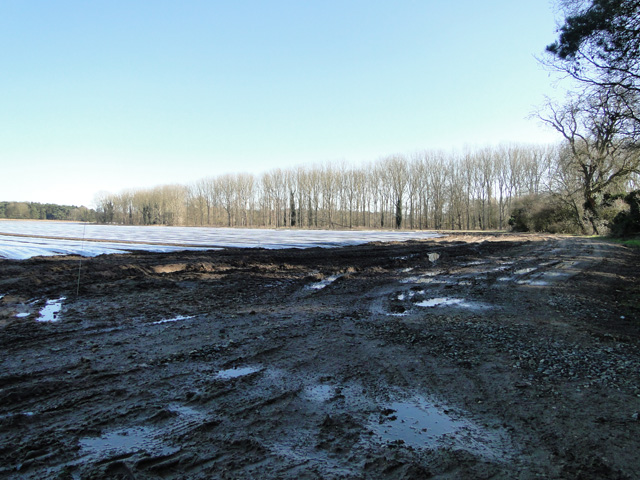
Redcross Plantation is a charming woodland estate located in Norfolk, England. Nestled within a lush forest, this idyllic plantation covers a vast area, offering a serene and picturesque setting for nature enthusiasts and those seeking tranquility.
The plantation is known for its rich history, dating back several centuries. Originally established as a timber estate, Redcross Plantation has since been carefully preserved, showcasing a diverse range of flora and fauna. The woodland is home to a variety of tree species, such as oak, beech, and pine, creating a vibrant and dynamic ecosystem.
Visitors to Redcross Plantation can explore its extensive network of walking trails, which meander through the enchanting forest. Along these paths, one can encounter an abundance of wildlife, including deer, rabbits, and a plethora of bird species. Nature lovers will be delighted by the opportunity to observe and appreciate the natural beauty that thrives within this woodland sanctuary.
The plantation also features a charming picnic area, where visitors can enjoy a leisurely lunch amidst the tranquil surroundings. Additionally, there are designated camping spots for those who wish to immerse themselves in a true outdoor experience.
Redcross Plantation is a haven for anyone seeking respite from the hustle and bustle of everyday life. Its breathtaking beauty, rich history, and diverse ecosystem make it an ideal destination for nature enthusiasts, hikers, and families alike.
If you have any feedback on the listing, please let us know in the comments section below.
Redcross Plantation Images
Images are sourced within 2km of 52.505721/0.78439292 or Grid Reference TL8993. Thanks to Geograph Open Source API. All images are credited.

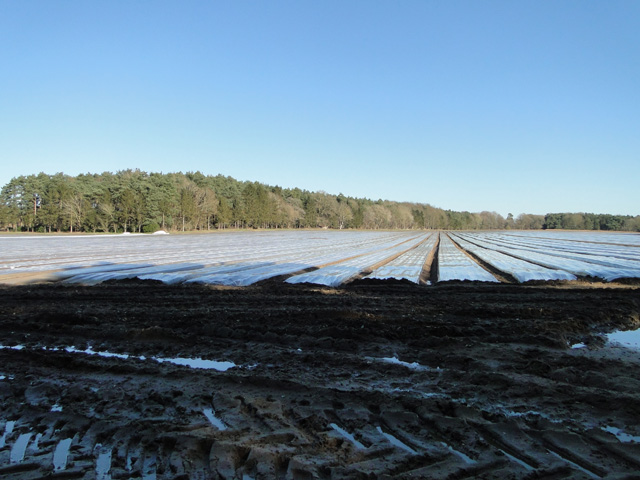
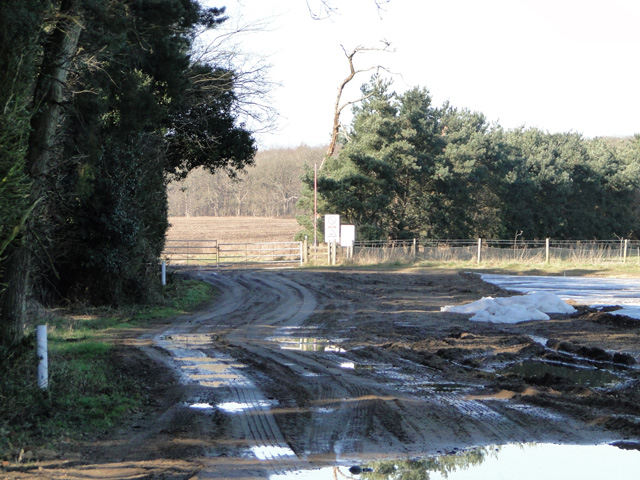
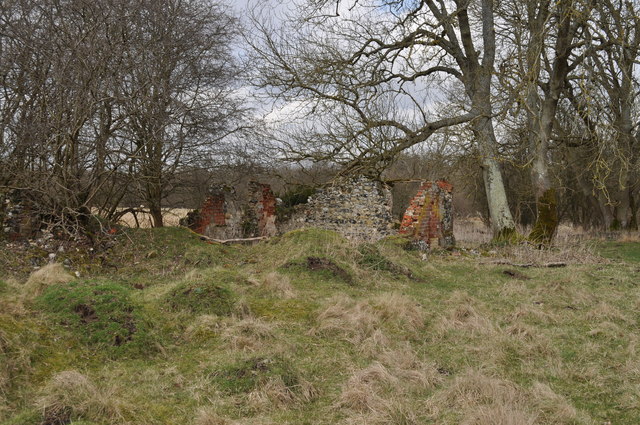
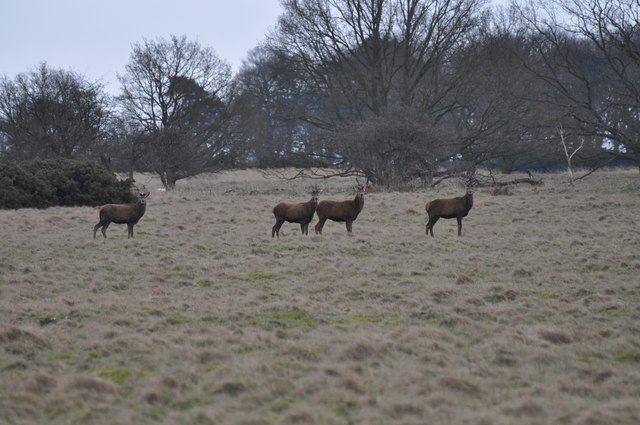
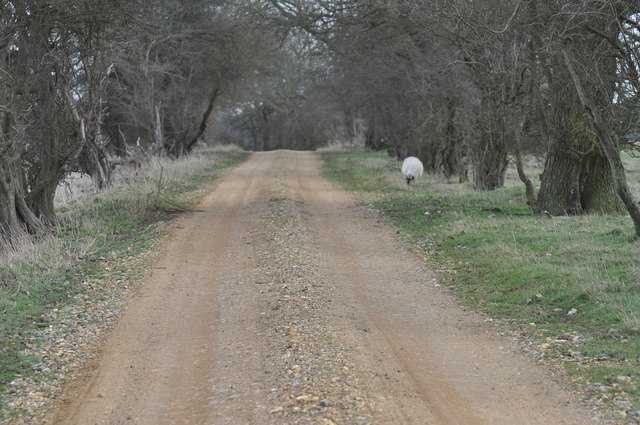

Redcross Plantation is located at Grid Ref: TL8993 (Lat: 52.505721, Lng: 0.78439292)
Administrative County: Norfolk
District: Breckland
Police Authority: Norfolk
What 3 Words
///charmingly.shipwreck.detergent. Near Watton, Norfolk
Related Wikis
Sturston, Norfolk
Sturston is a deserted village and civil parish in the English county of Norfolk. It is situated some 7+1⁄2 miles (12 km) north of the town of Thetford...
Breckland
Breckland in Norfolk and Suffolk is a 39,433 hectare Special Protection Area (SPA) under the European Union Directive on the Conservation of Wild Birds...
Tottington, Norfolk
Tottington is a deserted village and civil parish in the English county of Norfolk. It is situated some 6.2 miles (10.0 km) north of the town of Thetford...
Stanford Training Area SSSI
Stanford Training Area SSSI is part of the British Army Stanford Training Area. It is a 4,678-hectare (11,560-acre) biological and geological Site of Special...
Wretham Park Meres
Wretham Park Meres is a 30-hectare (74-acre) biological Site of Special Scientific Interest north of Thetford in Norfolk.This site consists of four natural...
Stanford Training Area
The Stanford Training Area (STANTA), originally known as the Stanford Battle Area, is a British Army training area situated in the English county of Norfolk...
Wretham
Wretham is a civil parish in the Breckland district of Norfolk, England. The parish includes the village of East Wretham, which is about 6 miles (10 km...
Great Eastern Pingo Trail
Great Eastern Pingo Trail is a 9.2 kilometres (5.7 miles) long footpath along a disused railway line north of Thetford in Norfolk. It is a 4.2-hectare...
Have you been to Redcross Plantation?
Leave your review of Redcross Plantation below (or comments, questions and feedback).




